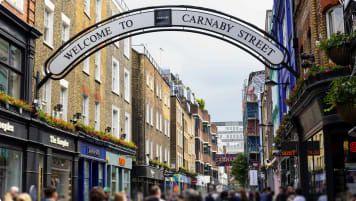The Arrival of Europeans in New Zealand
Explore the history and legacy of early European Settlement in New Zealand. Odyssey offers small group tours for mature and senior travellers couples and solo travelers to locations across New Zealand.
10 Nov 20 · 5 mins read

Māori Discovery and Settlement
The first human arrival to the islands of New Zealand dates back to roughly 1320-1350 AD, with settlers from eastern Polynesia arriving on the north island, naming this new land ‘Aotearoa‘ in the Maori language. These settlers, which some believe were led by a legendary chief known as ‘Kupe’, are thought to have originated from an island known as Hawaiki, from which multiple return journeys were made over the following centuries, pointing to a history of planned and deliberate settlement during early Maori history. Over time the local population developed a distinct language and culture of their own, coming to be known as the Māori people. The Māori were skilled hunters and horticulturalists, cultivating foods brought with their ancestors from Polynesia such as taro and kumara (sweet potato), as well as hunting some of New Zealand’s endemic wildlife. Notable amongst this wildlife is the now extinct Moa, a megafauna variety of flightless bird which could grow to a size of 3.6m, and weigh in at roughly 230kg. Māori society was structured around the tribe or ‘iwi‘ which formed the principal political bodies in Maori culture, these tribes were subdivided into smaller core units known as ‘hapu‘ which were genealogically related family groups, generally ranging between 50-170 members. Curiously enough, before the arrival of Europeans in New Zealand, the Māori people would rarely identify by this name. Instead the name ‘Māori’, meaning normal was used in opposition to the European settlers, named ‘Pakeha‘ in the Maori language.
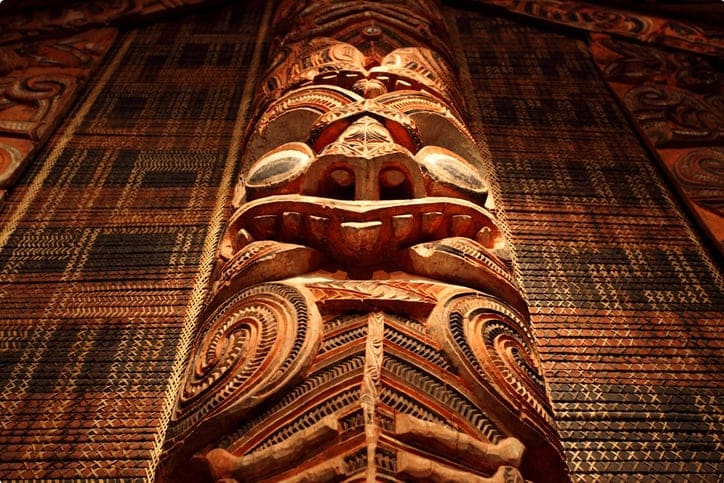
Arrival of the Dutch
The islands of New Zealand were first discovered by Europeans in the year 1642 by Dutch explorer Abel Tasman, first sighting the west coast of the south island. Tasman can be known today as the namesake for the nearby Tasman Sea, as well as for the island of Tasmania. Tasman was searching for the mythical southern continent of ‘Terra Australis‘ on behalf of the Dutch East India Company, believed to be rich in minerals and treasures. Instead, on his 1642-43 expedition he came upon the islands of New Zealand. Initially Tasman thought he had succeeded, claiming the islands for the Dutch Republic, naming them ‘Staten Landt’ in honour of the States General, though this was later changed by map makers to ‘New Zealand’, after the Dutch province of Zeeland. Despite this territorial claim, Tasman never actually set foot on the islands, with his closest approach to the shore resulting in an incident with several Māori canoes or ‘waka‘, leaving four of his men dead, following this incident, Tasman named the area ‘Murderer’s Bay’.
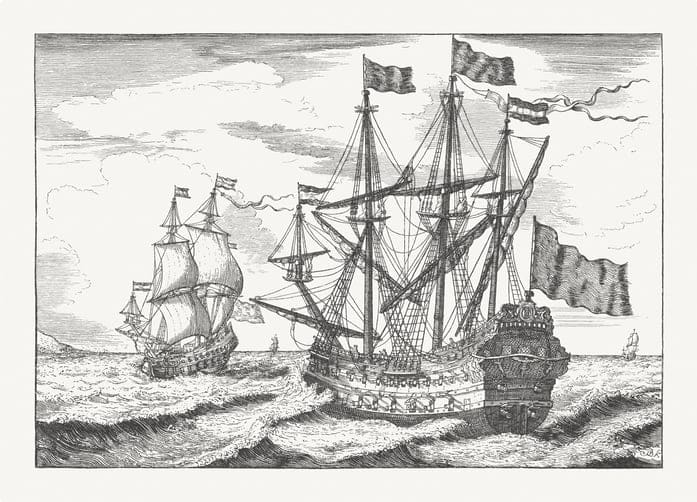
British Arrival and Early Settlement
Despite being known to Europeans since Tasman‘s 1642 voyage, none returned to New Zealand for over a century following their discovery, with the next chapter of European involvement coming in the year 1769 with the arrival of British explorer Captain James Cook. Coming under orders from the British Admiralty to find this ‘Nova Zeelandia’, he succeeded, with Cook’s arrival being heralded with the sighting of land off the coast of New Zealand’s north island. This area spotted by Cook’s cabin boy ‘young Nick’, was called ‘Young Nicks Head’, which be found today near the town of Gisborne. Cook and the crew of HMS Endeavour subsequently circumnavigated the two islands, mapping them comprehensively and engaging the local Maori population in trade and dialogue, despite an initially hostile first encounter. Captain Cook’s arrival marked the beginning of a new era for New Zealand, with its re-discovery leading to an small but steady influx of traders and migrants, mostly drawn by the profits from sealskins, flax, timber, and whaling. Small outposts on New Zealand’s north island began to grow, supplying French, British, and American whalers in the area, as well as trading amenities with the local Maori people, such as metal tools, rum, and muskets, the latter of which would have a profound impact on Maori society.
Relations between the indigenous Maori and early settlers was mostly peaceful at first, with a steady increase in European Settlement throughout the early 19th century not provoking many major confrontations between the two. The main effect the Europeans had on the Maori at this point was the proliferation of muskets in tribal warfare, known as the ‘Musket Wars’. The tribes who possessed these weapons enjoyed huge advantages, with this trend persisted until the mid 19th century, at which point the sheer proliferation of muskets across the islands having fostered a new balance of power, with most tribes having access to firearms. The other impact of European settlement during this period was the introduction of Christian missionaries, with approximately 20 missionary stations being established by the year 1840. Not only did this have the effect of spreading European religious beliefs to the local Maori, but it also brought with it knowledge of western agricultural practices as well as the written language.
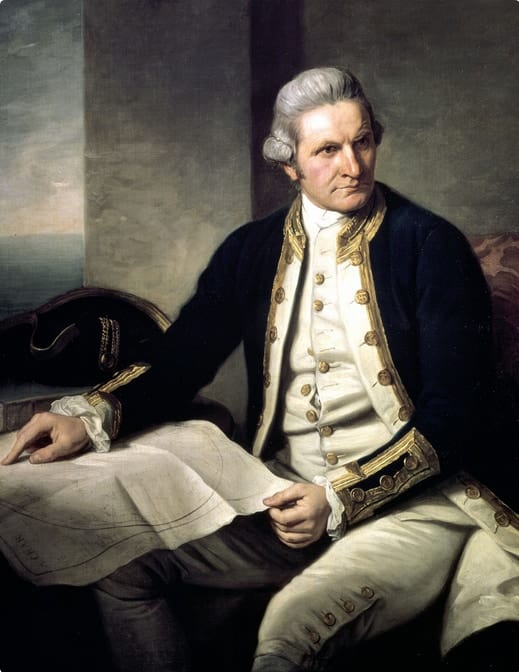
The Treaty of Waitangi
Signed in the year 1840, the Treaty of Waitangi is known as one of New Zealand’s founding documents, and formally established New Zealand as a possession of the British Crown. The treaty followed the 1839 announcement of the New Zealand Company, backed by financial interest in Sydney and London, to establish further chartered colonies in the region. Outlined in the treaty put forward were three fundamental tenants: The right of the British Crown to rule over New Zealand; the right of Maori Chiefs to maintain their lands and titles, and would only sell their land to the British; and finally that the Maori people would enjoy the same rights afforded to other British subjects. The treaty was signed by 43 northern chiefs on the 6th of February 1840, and as it was circulated around the islands this number grew to over 500. Despite the seeming success of this unification, the ensuing years were marked by conflict between the British and local Maori tribes, as many tribes understood the treaty as one of allowing the British to merely stay, rather than accepting subjugation. Furthermore, these tenants were systematically ignored by the British authorities. Over the subsequent years, Maori land was drastically diminished, until virtually all the land of New Zealand was owned directly by the British Crown. Despite its obviously mixed heritage, the treaty was revisited in the year 1975 in the Waitangi Tribunal, which granted numerous concessions and compensation in recognition of this ignominious history.

Tours to New Zealand
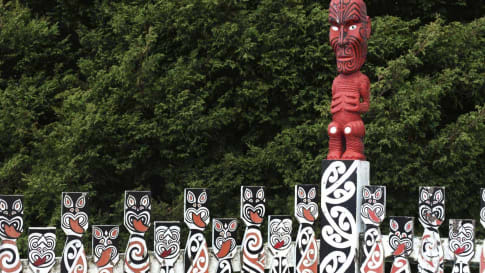
17 days
Oct, Feb, Apr, Sep, MarNew Zealand: An Odyssey Down Under
Visiting
A guided small group tour of both the North island and the South island. Your travel itinerary includes Auckland, Rotorua, Milford Sound, Queenstown and Christchurch. Maori culture also forms part of the journey to provide a memorable New Zealand tour experience.
From A$12,595 AUD
View Tour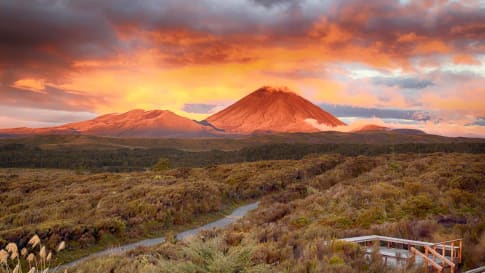
14 days
Mar, Sep, NovSmall group walking tour of New Zealand
Visiting
Escorted 14 day small group walking tour of New Zealand. Off the beaten track, for hiking fit like minded people curious about history, culture wine and landscapes.
From A$13,995 AUD
View Tour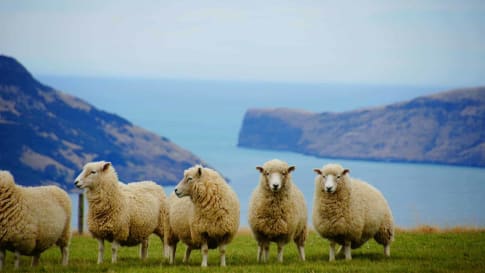
14 days
Aug, Sep, Oct, Nov, Feb +1Small group tour of New Zealand's North Island
Visiting
Escorted 13 day small group tour of the East coast of New Zealand’s North island. Off the beaten track, for like minded people curious about history, culture, wine and landscapes. Your tour director and local guides share their knowledge with you the traveller on this New Zealand tour for senior travellers.
From A$11,495 AUD
View TourArticles
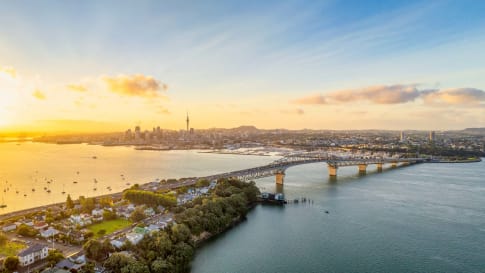
Auckland, New Zealand
Auckland, city of Sails is part of a Small group tour of New Zealand for mature and senior travellers with your partner or as a solo traveller. Explore and learn about Rotorua, Wellington or Te Anau whilst you are visiting.

Te Anau, New Zealand
Te Anau is a small town on the South Island of New Zealand, often labelled as the gateway to the wilderness and amazing scenery of Fiordland.
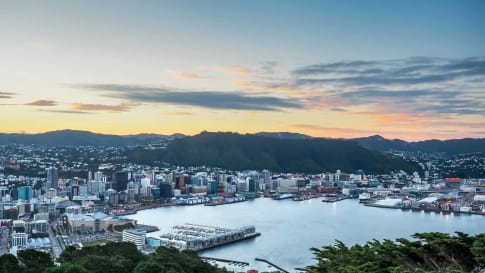
Wellington, New Zealand
Wellington is the capital of New Zealand, and the administrative centre of Wellington region, located on the south part of the North Island between Cook Strait and the Remutaka Range.

Milford Sound, New Zealand
Explore the sights and wonders of Milford Sound (Piopiotahi), one of the world's most stunning natural wonders. Odyssey offers small group tours for mature and senior travellers couples and solo travelers to Milford Sound and New Zealand.

Bay of Islands, New Zealand
Explore on a small group walking tour of New Zealand for active mature or senior travellers the Bay of islands. Suitable for couples or solo travellers who enjoy hiking/walking tours.

Tongariro National Park, New Zealand
Explore on a small group walking tour of New Zealand for active mature or senior travellers the Tongariro crossing. Suitable for couples or solo travellers who enjoy hiking/walking tours.
